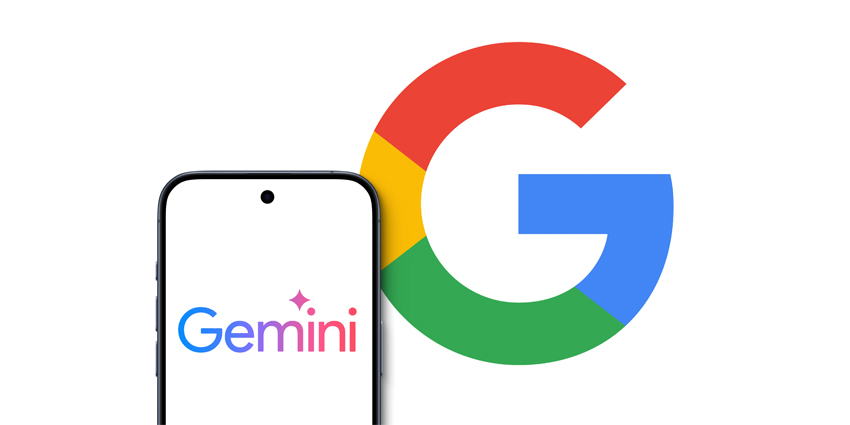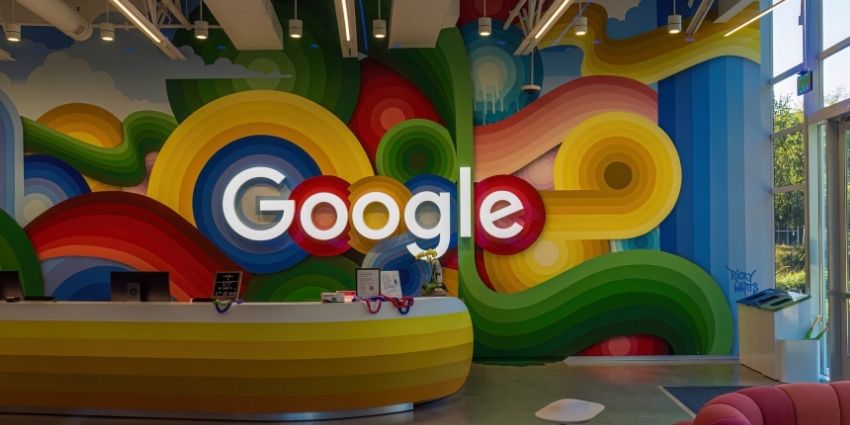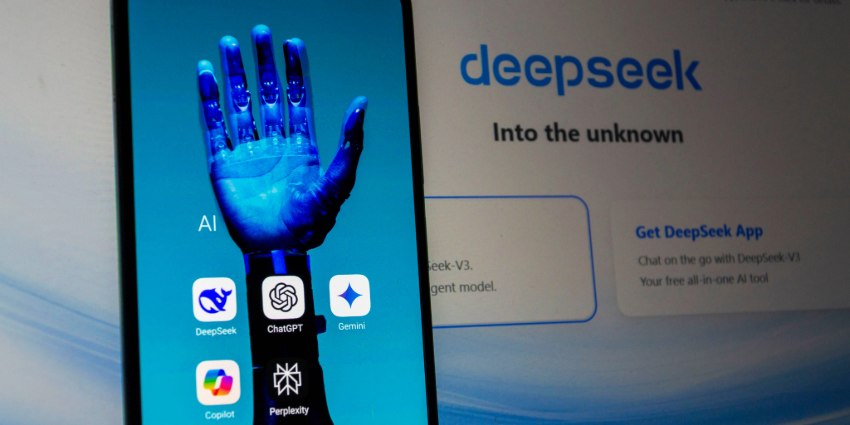It’s easy to fall into the trap of thinking that deploying AI in the enterprise means crossing the finish line. Realistically, you’re just taking your first steps. That’s particularly true if you’re working with certain partners, like Google. With new model updates and features rolling out all the time, missing out on Google AI optimization strategies means missing opportunities to grow.
As of mid-2025, Google’s AI stack is bigger and bolder than ever. You’ve got new upgrades to Gemini 2.5, with advanced reasoning, Deep Think, and Deep Research. There’s the new versions of Imagen and Veo for visual content creation, the latest Gemini Live experience for mobile, even new model customization options in Vertex AI.
While optimizing your AI investment isn’t just about constantly updating to the latest models, you do need a strategy for how you’re going to measure, and drive better results.
Here’s how to start future-proofing your AI strategy with Google.
Google AI Optimization Strategies: Configuration Techniques
These days, AI tools are becoming more and more like human employees. You don’t just hire one and expect brilliance. You train them, coach them, and make sure they have the right tools. That’s where a lot of companies struggle, because they don’t adapt “off-the-shelf” models to their needs.
Fortunately, Google makes customization and fine-tuning simple. With Vertex AI, you can take a foundation model, like Gemini 2.0 Pro, and turn it into something specific, useful, and aligned with your domain. Use LoRA for fast fine-tuning without draining your budget. Train on as little as 100 rows of your own data.
If you want to ensure your AI models know your products, tone, and workflows, dive into prompt tuning. If you’re looking at agentic AI, use Project Mariner to align your tools with your browser. You can even add your own research sources to Google’s “Deep Research” feature in Gemini.
Personalize every aspect of your Google AI experience, don’t just settle for off-the-shelf. You can even take advantage of Google’s infrastructure for scale, like the Cloud TPU v5e AI accelerator.
Expanding AI: Google and Custom Model Extensions
Just like most AI leaders investing in Agentic AI, Google believes next-gen models work best when they’re flexible, aligned, and extensible. In Vertex AI, the Extensions feature allows users to create, deploy, and manage extensions that connect LLMs to external system APIs.
You can use extensions for real-time data processing, automated code generation, enterprise data search tasks – just about anything you can think of.
You don’t even have to stick with Google’s proprietary models. You can mix and match different LLMs, based on what you need. You can even use Google’s tools to build your own AI ecosystem or platform. Bayer, for instance, built a custom radiology solution with Vertex AI and Gemini.
If you really want to dive into the agentic AI world, you can also use the Agent Builder in Vertex to create agents that plug directly into your CRM, databases, or internal tools.
Google AI Optimization Strategies: Enhancing Integrations
You can have the smartest AI model in the world, but if it doesn’t plug into your real-world workflows, it’s not going to deliver the right results. Our own research reveals that many AI adoption strategies break down because of integration issues.
Fortunately, Google is aware of this problem. Most of the company’s AI solutions are built to slot into what you already use. Gemini is already infused into Google Workspace (which means all your Docs, Gmail, Meet, and Sheet tasks can instantly get smarter).
It’s built into Chrome, accessible through mobile devices with Gemini Live, and embedded into the whole Google cloud and development ecosystem.
There are even plans that make it easier to embed AI into your workflow. For instance, the new Google AI Ultra plan comes with Agent mode, which allows you to build an AI agent into your desktop that can browse the web, conduct research, and use your Google apps.
Even if your tech stack doesn’t revolve around Google, you don’t have to panic. You can deploy on AWS, Azure, or hybrid clouds without vendor lock-in. Want to keep sensitive data on-prem? Vertex AI supports hybrid and edge setups. Speaking of edge, Gemma is perfect for those who want models lightweight enough to run on GPUs.
Ongoing Support and Resource Optimization
If you’re reading this guide to Google AI optimization strategies, you probably know that AI doesn’t age well on autopilot. One month it’s dazzling your team with perfectly summarized reports. The next, it’s making mistakes, and costing five times more than it should.
The best thing you can do is avoid the “set it and forget it” mindset. Track and monitor everything. Start with usage, ensuring people in your team are actually accessing the tools and not just complaining about them. Monitor model performance, too.
If you’re using Vertex AI, you can track prompt success, hallucination frequency, latency and more. If costs are creeping up, it’s time to investigate. Maybe your models are over-provisioned. Maybe they’re not parameter-efficient. Maybe you’re running inference jobs 24/7 that should be autoscaled. TPU v5e and LoRA tuning can cut costs by 30 to 50 percent in the right setup.
Don’t forget your people either. Adoption issues often stem from anxiety, not apathy. Train your teams to work with AI. Run prompt-writing workshops. Incentivize experimentation. Give your internal champions room to explore (and yes, break things).
Future-Proofing Your Google AI Investment
Google’s AI toolkit is growing up quickly. The models keep evolving. The infrastructure is getting cheaper. The rules around ethics, bias, and data governance are tightening. So how do you build an AI stack that doesn’t buckle under its own brilliance?
Simple: you future-proof it. Start with scale. Your infrastructure should grow with your ambition. With Google’s Kubernetes Engine and Jupiter network, you’re working with one of the lowest-latency cloud backbones on the planet. That means faster model performance and smoother scaling when it’s time to expand.
Next: flexibility. You don’t know what tomorrow’s data will look like. Maybe it’s richer. Maybe it’s messier. Google’s support for over 200 models in Model Garden means you’re never locked in. Switch to Claude for compliance-heavy HR tasks. Pull in Llama for creative flair. Blend, experiment, and evolve. Most importantly, stay informed.
Pay attention to the latest news updates as they roll out. Find out what makes the next version of Gemini so impressive, and if you should use it for your team. Re-assess which plans you’re using and which tools you should be adopting regularly.
Growing with Google AI Optimization Strategies
Deploying AI isn’t the hard part anymore. Where companies really struggle is in getting the most value out of their investment. Winning with your Google AI initiative doesn’t just mean deploying new tools as and when they appear; it means being strategic, focused, and committed to constant growth. Google is giving businesses the tools they need to master AI.
Whether you’re looking for cutting-edge reasoning models, content creation tools, or infrastructure, Google can give you the building blocks. You need to stack them together and make sure the foundations stay strong.
Looking for more insights into Google’s AI tools? Visit our complete guide to Google Enterprise AI here. Alternatively, get a behind-the-scenes look at the top use cases for Google AI here.








